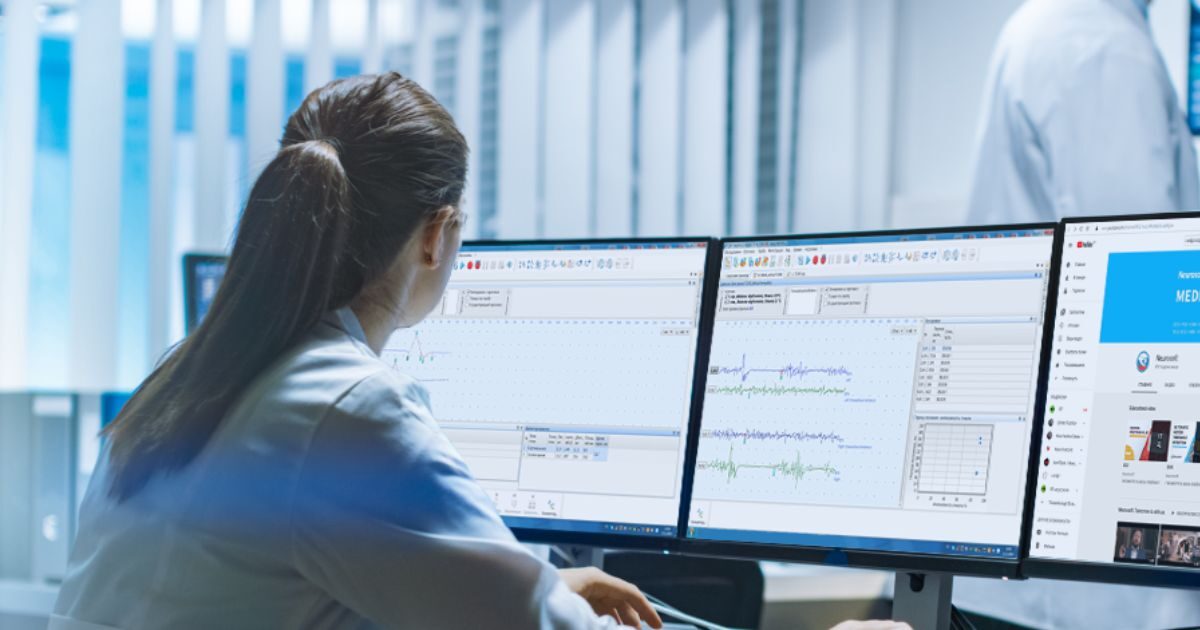Every workplace aims to maintain a safe and productive environment. However, accidents can and do occur. When they do, it’s essential to understand the cause, rectify it, and prevent future incidents. This is where accident investigations come into play.
Why Are Accident Investigations Important?
Accident investigation is a systematic process carried out after an undesirable event in the workplace. The goal isn’t to lay blame but to Identify Root Causes and implement measures to prevent similar incidents in the future.
What is an Accident Investigation?
Uncovering Root Causes:
By delving deep into the specifics of an accident, we can identify underlying problems, be they equipment failures, procedural issues, or human error.
Preventing Future Incidents:
Once the root causes are identified, corrective actions can be implemented, reducing the risk of recurrence.
Legal and Regulatory Compliance:
In many jurisdictions, accident investigations are mandated by law, especially if the accident resulted in injuries or significant property damage.
Promoting a Safety Culture:
A thorough investigation shows employees that their well-being is a priority, fostering a culture of safety and diligence.
Key Steps in an Accident Investigation
Immediate Response:
Ensure the safety and well-being of all personnel and secure the accident site.
Gather Data:
Collect evidence, take photographs, and document witness accounts. The more detailed the initial data collection, the more comprehensive the investigation.
Analyse the Data:
This involves piecing together the sequence of events leading to the accident and identifying where things went wrong.
Identify Root Causes:
Go beyond the immediate causes and delve into underlying issues. Was there inadequate training? Were safety procedures not followed? Was there equipment malfunction?
Recommend Corrective Actions:
Propose steps to address each root cause. This could include revising safety protocols, additional training, or equipment modifications.
Implement Changes:
Put the recommended actions into practice, ensuring that they are communicated effectively to all relevant personnel.
Review & Monitor:
After implementing changes, monitor their effectiveness and adjust as necessary.
Challenges in Accident Investigations
Bias:
Investigators must approach the situation objectively, resisting the urge to lay blame.
Incomplete Data:
Sometimes, crucial information might be missing or overlooked
External Pressures:
There might be external pressures to wrap up the investigation quickly, potentially compromising its thoroughness.
Conclusion:
Accident investigations are a cornerstone of a proactive safety culture. They go beyond mere compliance, reflecting a company’s commitment to the well-being of its workforce. By understanding the causes of accidents, we not only safeguard our employees but also protect the long-term viability and reputation of our business. For businesses keen on implementing or refining their accident investigation protocols, our Health and Safety Consultancy is here to help. With our expertise, you can ensure that every incident is a stepping stone to a safer tomorrow.
If you have further queries about accident investigations or need assistance in conducting one, don’t hesitate to reach out. At Cognisphere, your safety is our priority.










